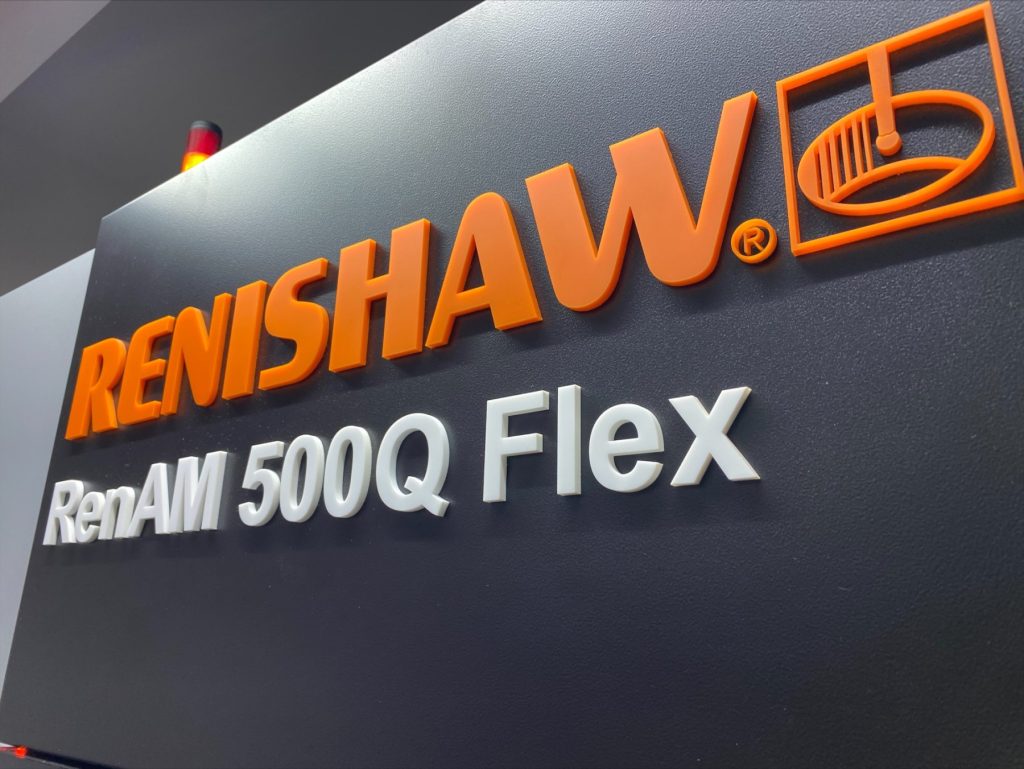UK industrial valve supplier KOSO Kent Introl (Kent Introl) has joined forces with global engineering firm Renishaw to explore the advantages of additive manufacturing processes.
Kent Introl, according to the company, has become the first valve parts manufacturer in the UK oil and gas industry to adopt the AM technology by installing the advanced RenAM 500Q Flex system at its headquarters in Brighouse, West Yorkshire.
“Current material and quality standards set by the oil and gas industry, for example by the National Association of Corrosion Engineers (NACE), means that very few manufacturers use AM in this sector,” says Matthew Charlton, Technical Director at Kent Introl. “However, when some of our larger customers in the industry began requiring additive capabilities, we developed a strategy to invest in AM technology. Renishaw’s system provided the technical capabilities and support we need — we were also happy to invest in a UK manufacturer.”

RenAM 500Q Flex to develop novel oil and gas valves
The RenAM 500Q Flex system employs laser powder bed fusion technology to produce complex components difficult to achieve with conventional methods. With four 500 W lasers and automated powder handling, engineers experience reduced build time and increased productivity, while its flexibility allows quick changes of metal powders for diverse R&D applications.
Kent Introl aims to address the industry’s escalating demand for new solutions, energy efficiency, and carbon emission reduction. Additionally, the company will also explore the potential of additive manufacturing in optimizing part design, offering on-demand services, and enhancing productivity. In this pursuit, the company will use the RenAM 500Q Flex system for R&D, while also experimenting with additive manufacturing to diversify rapid part production and swiftly meet customer demands.
“Kent Introl’s investment in the RenAM 500Q Flex system is a significant step forward in the adoption of AM technology in the oil and gas industry,” explained Stephen Crownshaw, AM Business Manager at Renishaw. “While additive manufacturing bureaus could produce parts for any industry, they may not have the industry knowledge to effectively advise oil and gas suppliers. So, by installing the equipment themselves, Kent Introl can use its industry understanding and growing AM knowledge to develop parts and processes that benefit its customers. The team’s knowledge has increased significantly even from acquisition to installation of the machine, so we’re also looking forward to seeing what we can gain from their knowledge of AM in oil and gas”.

3D printing unlocks new opportunities for oil and gas
This year started with multinational oil and gas company Shell developing a novel leak repair clamp using 3D printing intended to repair pipelines impacted by defects or corrosion. This vital part played a crucial role in ensuring an uninterrupted oil and gas supply and maintaining facility safety. Shell aimed to improve efficiency, potentially enabling easier and more cost-effective customization and rapid deployment.
At Formnext 2022, Linde, a global industrial gas specialist, showcased a range of gas technologies. Notable highlights included its proprietary gas mixture designed to optimize Laser Beam Powder Bed Fusion (PBF-LB) Additive Manufacturing, gas atomization solutions for metal powder production, and advancements in the utilization of special alloy nitinol (NiTi).
Elsewhere, Texas A&M University researcher Gabriel Tatman utilized 3D printing to precisely simulate hydraulic fracturing for oil and gas extraction. Collaborating with the Colorado School of Mines, transparent printed models revealed the impact of flow materials during fracking, which is usually hidden. By using real rock fracture data, these models may uncover new fracking behaviors, optimizing industry recovery efforts.
What does the future of 3D printing for the next ten years hold?
What engineering challenges will need to be tackled in the additive manufacturing sector in the coming decade?
To stay up to date with the latest 3D printing news, don’t forget to subscribe to the 3D Printing Industry newsletter or follow us on Twitter, or like our page on Facebook.
While you’re here, why not subscribe to our Youtube channel? Featuring discussion, debriefs, video shorts, and webinar replays.
Are you looking for a job in the additive manufacturing industry? Visit 3D Printing Jobs for a selection of roles in the industry.
Featured image shows RenAM 500Q Flex logo close up. Image via Renishaw.



